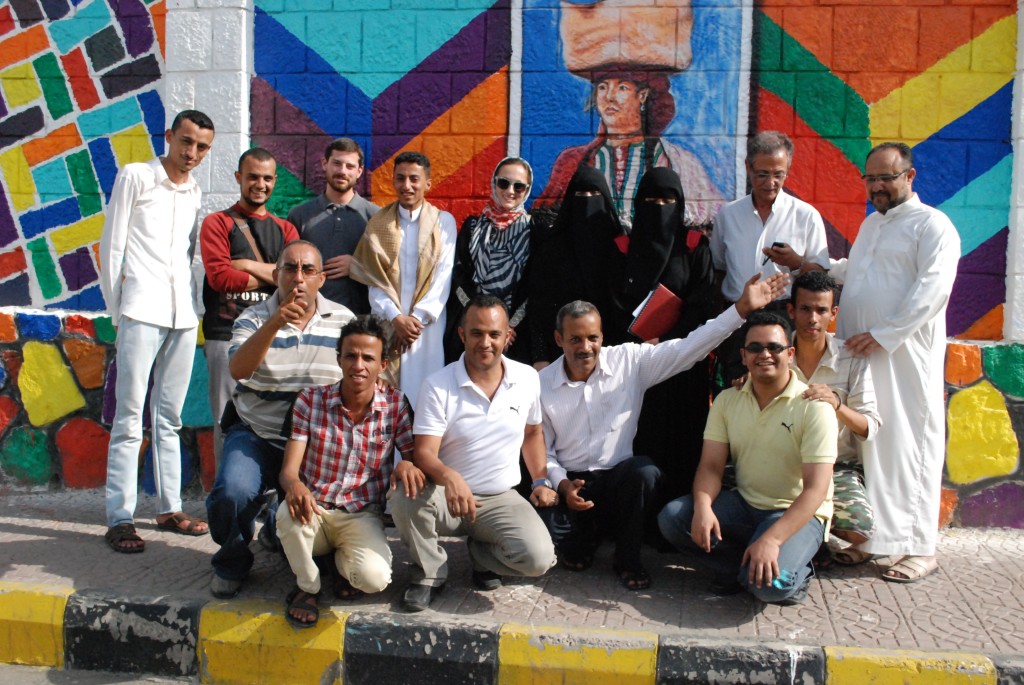Yemen’s armed conflict has entered its ninth month with no end in sight: airstrikes and ground fighting across Yemen have thus far claimed the lives of more than 5700 people and pushed the country to the brink of famine, according to activist groups and aid agencies. A new report by Human Rights Watch details the failure of the Saudi-led coalition and its western backers to investigate unlawful airstrikes in Yemen, although “the evidence is everywhere.” The UN special envoy for Yemen, Ismail Ould Cheikh Ahmed, is still pushing for new peace talks in Geneva. On November 25, Prime Minister/Vice President Khaled Bahah met with Ahmed in the Saudi capital, Riyadh. During the meeting, Bahah said that the delegates of his government aim to come back from the new Geneva talks with a solution that guarantees the restoration of peace and security in Yemen.
On Monday, President Abdu Rabbuh Mansor Hadi received a draft including notes on the agendas that have been proposed by the UN envoy for the proposed session of talks. UN Secretary General Ban Ki-moon met with PM Bahah on the sidelines of this week’s climate talks in Paris; during the meeting, Ban called on Yemen’s warring parties to return to negotiations immediately and without preconditions. Thus far the Hadi-Bahah government has insisted that the Houthis and their allies must implement UN Security Council resolution 2216 before talks can begin.
Over the weekend, airstrikes in the capital, Sanʻa, targeted once again mountainous positions that have repeatedly been struck over the past months. The warplanes also knocked out the road connecting Dhamar, Ibb, and Taʻiz provinces with Sanʻa.
It’s been two weeks now since coalition and resistance forces launched a major operation to “liberate” Taʻiz Governorate. Justifications for the delay in liberating Taʻiz and Marib have started to appear in the media; while the field commander in charge says the operation is going according to plan, the local tribal resistance commander stated that 10 brigades of Houthi/Saleh forces are fighting to hold their positions in Taʻiz.
Coalition units intensified their efforts to take control of the western part of Taʻiz, near the Red Sea town of Mocha. The western and eastern fronts are reportedly seeing the fiercest clashes since the operation was launched. Pro-Houthi forces are holding their positions in al-Shurayjah and al-Rahidah on the road to the southern province of Lahj despite heavy airstrikes.
Likewise, Marib’s western district of Sirwah has not yet been liberated, despite months of fighting. On Sunday, Marib’s deputy governor said that landmines planted by Houthi/Saleh forces are the main reason behind that.



